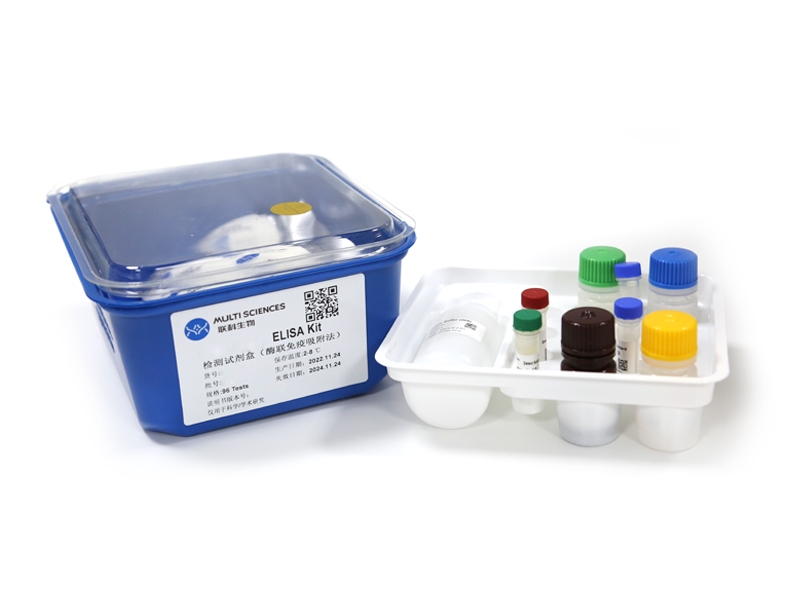This study aimed to determine the metabolic profile of non-toxic cadmium (Cd)-induced dysfunctional endothelial cells using human umbilical vein endothelial cells (HUVECs). HUVECs (n = 6 per group) were treated with 0, 1, 5, or 10 μM cadmium chloride (CdCl?) for 48 h. Cell phenotypes, including nitric oxide (NO) production, the inflammatory response, and oxidative stress, were evaluated in Cd-exposed and control HUVECs. Cd-exposed and control HUVECs were analysed using gas chromatography time-of-flight/mass spectrometry. Compared to control HUVECs, Cd-exposed HUVECs were dysfunctional, exhibiting decreased NO production, a proinflammatory state, and non-significant oxidative stress. Further metabolic profiling revealed 24 significantly-altered metabolites in the dysfunctional endothelial cells. The significantly-altered metabolites were involved in the impaired tricarboxylic acid (TCA) cycle, activated pyruvate metabolism, up-regulated glucogenic amino acid metabolism, and increased pyrimidine metabolism. The current metabolic findings further suggest that the metabolic changes linked to TCA cycle dysfunction, glycosylation of the hexosamine biosynthesis pathway (HBP), and compensatory responses to genomic instability and energy deficiency may be generally associated with dysfunctional phenotypes, characterized by decreased NO production, a proinflammatory state, and non-significant oxidative stress, in endothelial cells following non-toxic Cd exposure.
文章引用产品
-
-
- EK189
- ELISA试剂盒
Human sICAM-1/CD54 ELISA Kit检测试剂盒(酶联免疫吸附法)
-
¥1,600.00 – ¥2,650.00
-
- EK189
- ELISA试剂盒
Human sICAM-1/CD54 ELISA Kit检测试剂盒(酶联免疫吸附法)
- ¥1,600.00 – ¥2,650.00



